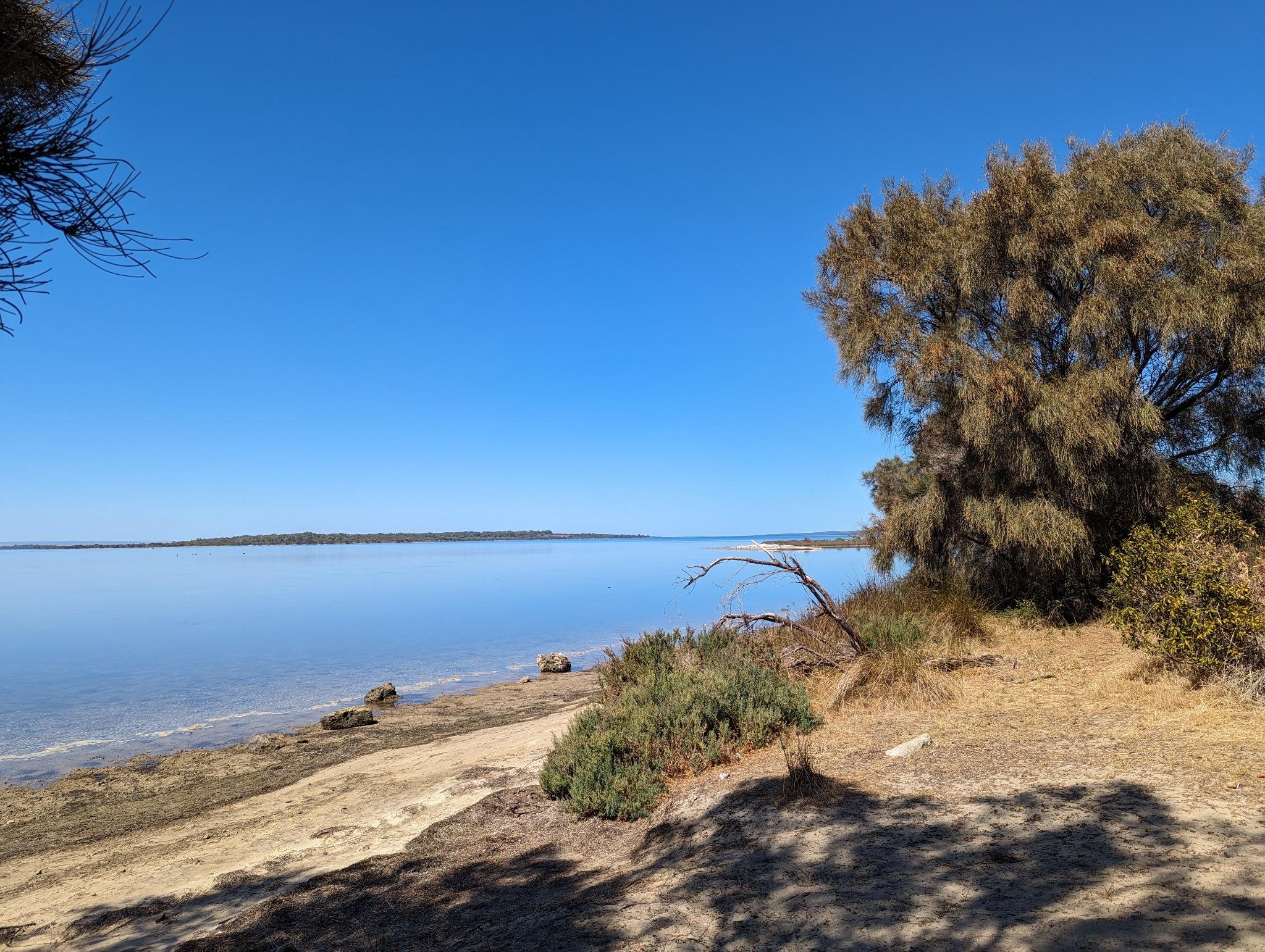
Resources
Find all the essential bushfire information you need for your project — all in one place.
At Bushfire Smart, we’ve gathered key guides, tools, and resources to help you navigate bushfire requirements, approvals, and best practices. Whether you’re starting a new project or refining an existing one, our resource hub gives you the knowledge and confidence to move forward.
Planning & Building Process
This section outlines when to get a BAL assessment, what a BAL rating means for your design, and how compliance affects materials, windows, and layout.
Bushfire Awareness & Preparation
This section provides practical, seasonal guidance tailored to the conditions of Western Australia, including advice for cooler months when preparation is most effective.
Compliance & Assessments
This section breaks down the assessments and reports that may be required under WA planning and building laws, helping you stay compliant and avoid costly delays.
Understanding Bushfire Prone Areas (BPAs) in Western Australia
Learn what defines a Bush Fire Prone Area (BPA) in Western Australia, how to use the Map of Bush Fire Prone Areas, and what it means for planning, development, and property owners. This guide explains the designation process, Area 1 classifications, and what to do if your property is affected.
Understanding BAL Ratings: What It Means, How It's Calculated, and What to Do Next
Curious about BAL ratings and how they affect your build? This guide breaks down what a BAL rating is, how it's calculated, and what changes you’ll need to make to stay compliant — helping you build safely and confidently in bushfire-prone areas.
Bushfire Compliance Terms
Confused by bushfire jargon? Our guide to common bushfire compliance terms breaks down the key acronyms and concepts used in assessments, planning, and risk management—so you can navigate your project with confidence and clarity.
Owner Builder Bushfire Requirements: When You Need a BAL or BMP in WA
Planning to build your own home in a bushfire-prone area of Western Australia? As an owner-builder, you're already wearing multiple hats—designer, project manager, and often, negotiator. But when your dream home sits in a high-risk area, there’s one more crucial role you’ll need to take seriously: bushfire compliance manager.
Bushfire Preparation Starts Now: Key Steps for the Cooler Months
As we move into the cooler, wetter season—known as Djeran in the Noongar calendar—the immediate risk of bushfire reduces significantly. Djeran, which typically spans April and May, signals a change in weather patterns across much of Western Australia, bringing lower temperatures, increased rainfall, and calmer conditions.
While fire risk may not feel urgent, this period provides the perfect window to prepare for the next bushfire season.
When Should You Get a Bushfire Assessment — and What Kind Do You Need?
Building in a bushfire-prone area? Learn when to get your bushfire assessment and which type of report your project needs — from BAL ratings to full Bushfire Management Plans. Early action means fewer delays, lower costs, and smoother approvals.
How Does a Bushfire Attack Your Home?
When people think of bushfire damage, they often imagine flames engulfing a house directly. But the reality is more complex. In fact, many homes lost to bushfire are located over 700 metres from the fire front—and most are not destroyed by direct flame contact.
Understanding AS 3959: A Plain English Guide for Homeowners
Building in a bushfire-prone area means complying with AS 3959—but what does that actually mean for your home?
Here’s a straightforward guide to help you understand what AS 3959 is, why it matters, and how it affects your building design.
What Is Bushfire Behaviour — and Why Does It Matter for Planning?
Bushfire behaviour refers to how a bushfire responds to its surroundings—like the type of vegetation, weather, and land slope. Understanding how a fire is likely to behave helps us predict its intensity, speed, and direction.












